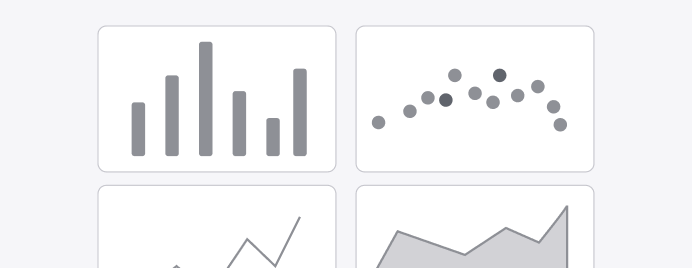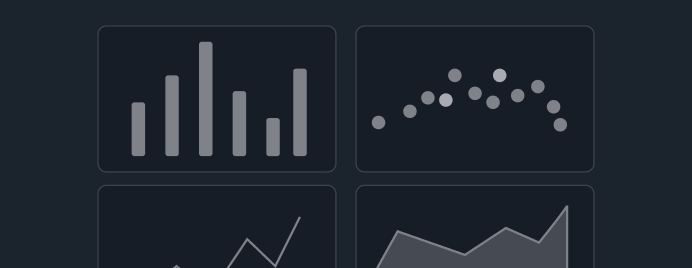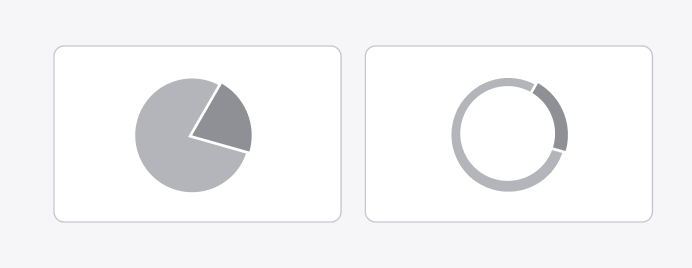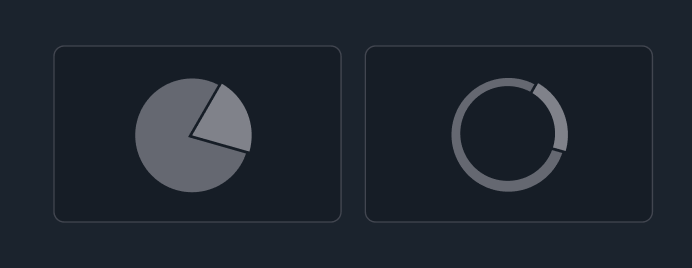Charts
Charts are a graphic representation of information and quantitative data, built on the Highcharts library, designed to provide a clear and interactive way to convey meaning.
Charts are a graphic representation of information and quantitative data, built on the Highcharts library, designed to provide a clear and interactive way to convey meaning.
These include cartesian charts which makes up line, bar, mixed, scatter, area, and pie and donut charts. The components are a wrapper around the Highcharts charting library. It offers a scalable and flexible foundation that meets our high standards for accessibility, styles, and internationalization.
To get started using charts to visualize data, see the data visualization foundation article and data visualization color guidance.
For guidance on migrating from legacy to the new charts, refer to the migration guide, which includes configuration examples and code snippets.
When using data visualization patterns to present data, choose the chart type that best shows the relationship between the data series. There are two chart components:
These use two axes to show data and help users see patterns or compare values.
Line chart: Visualizes one or many series of data, with an emphasis on how the data changes over time.
Bar chart: Visualizes one or many series of data, with an emphasis on the total amount of each data point.
Mixed chart: Visualizes different, but related, series of data on a single chart.
Scatter chart: Visualizes the relationships between data in two dimensions.
Area chart: The area chart visualizes two or more series of data. Through stacked data series, it emphasizes the part-to-whole relationship of data over a period of time.
Pie and donut charts display portions of a whole unit so users can compare data points from a total set. A donut chart also includes a summary metric in the center of the chart.
Pie chart: A pie chart helps users see the relationship between different data metrics in a data set.
Donut chart: A donut chart is a variant of a pie chart with its center removed.


Cartesian charts display information along horizontal and vertical axes to clearly show patterns, comparisons, and relationships between values. It includes line, bar, area, scatter, and mixed charts.


Pie and donut charts visualize the relationship or correlation between data metrics in a dataset.
Color can be used as a powerful element to augment a chart or other data visualization when applied with a clear sense of purpose.
Data visualization is a graphic representation of information and quantitative data intended to quickly and clearly convey meaning.
These new chart components require appropriate Highcharts licenses. Cloudscape is not responsible for improper usage of these Highcharts-based components or lack of license coverage. To learn more about the licensing model of Highcharts, review their license offering and FAQ , or contact them directly.